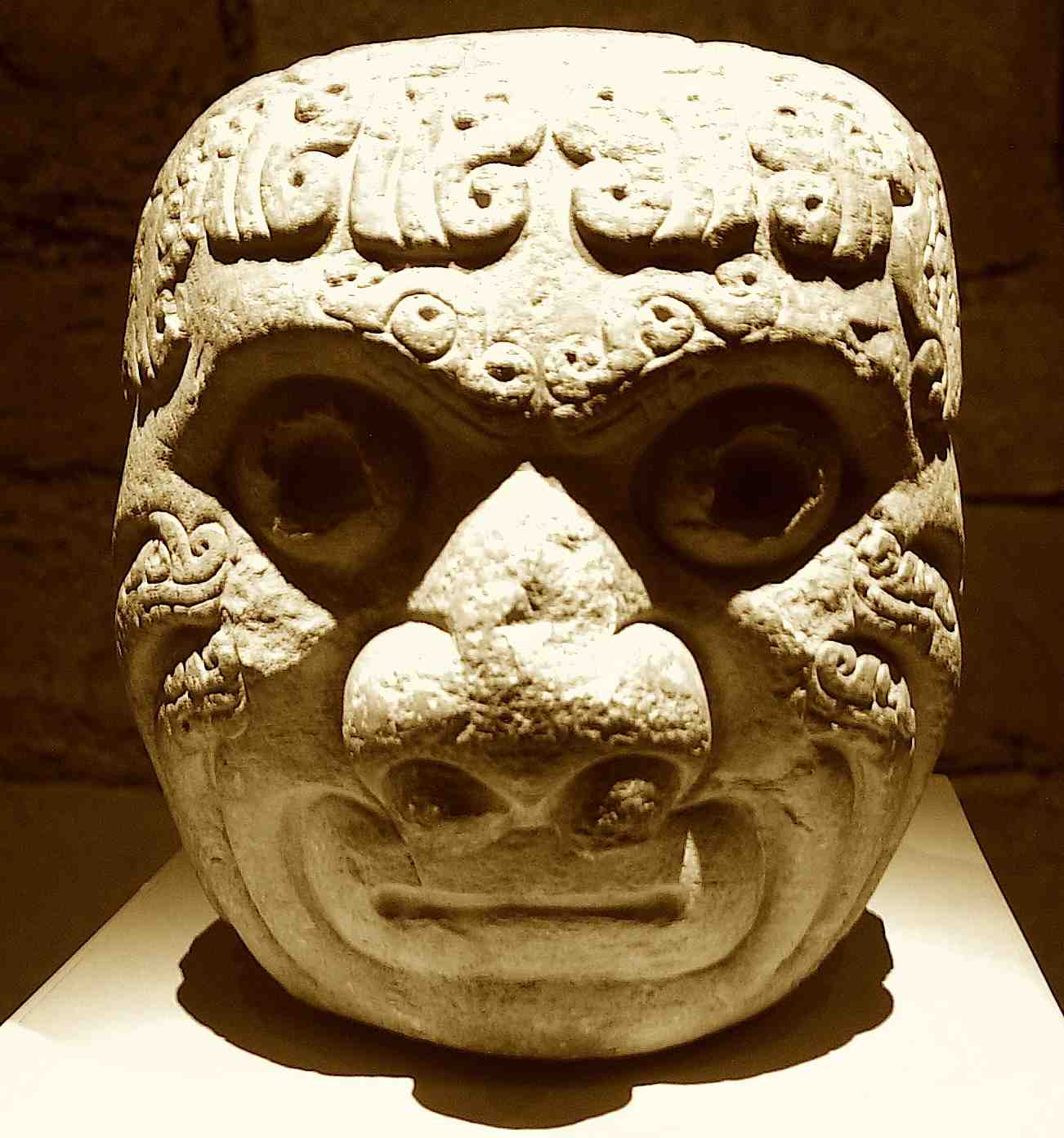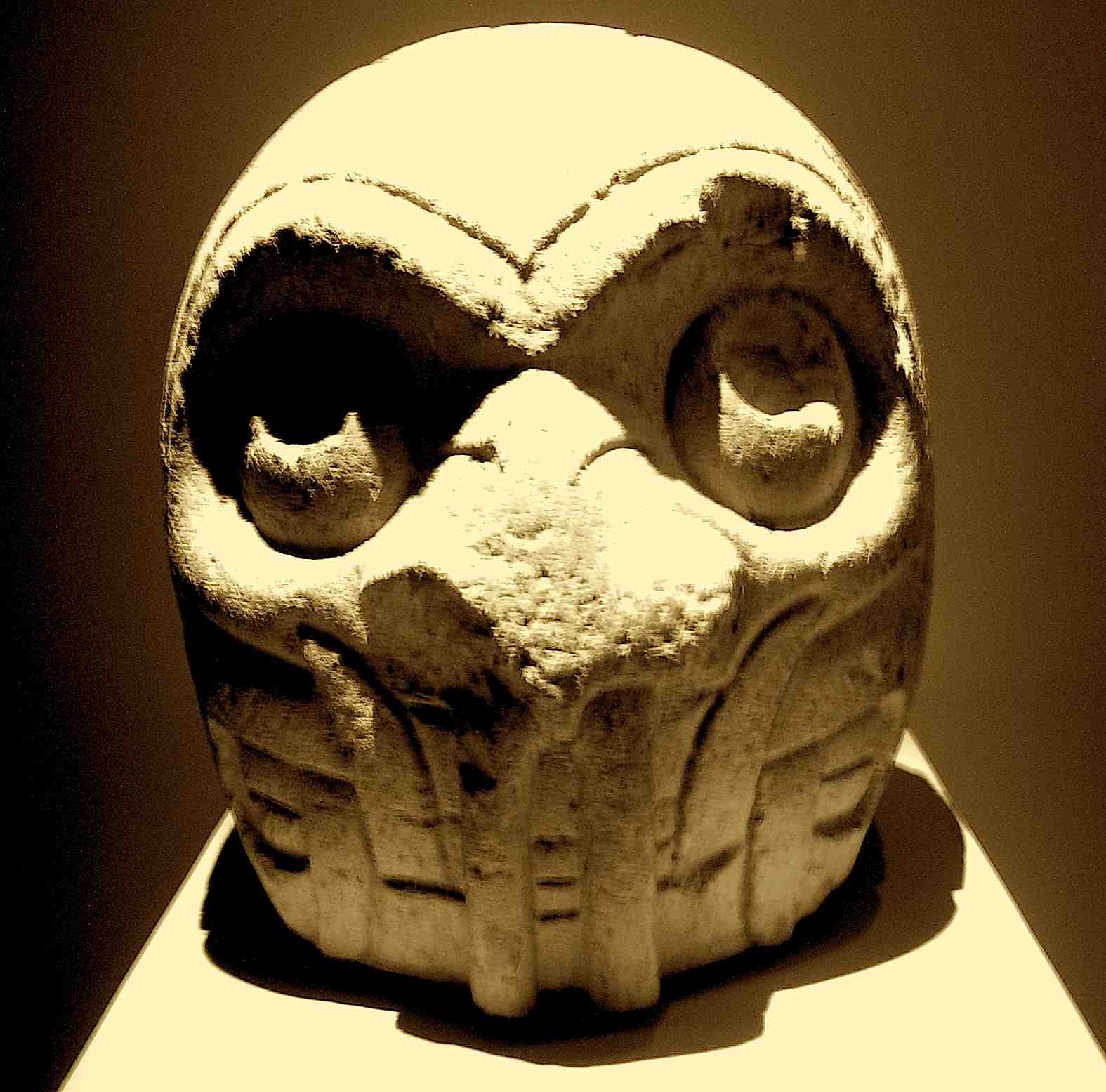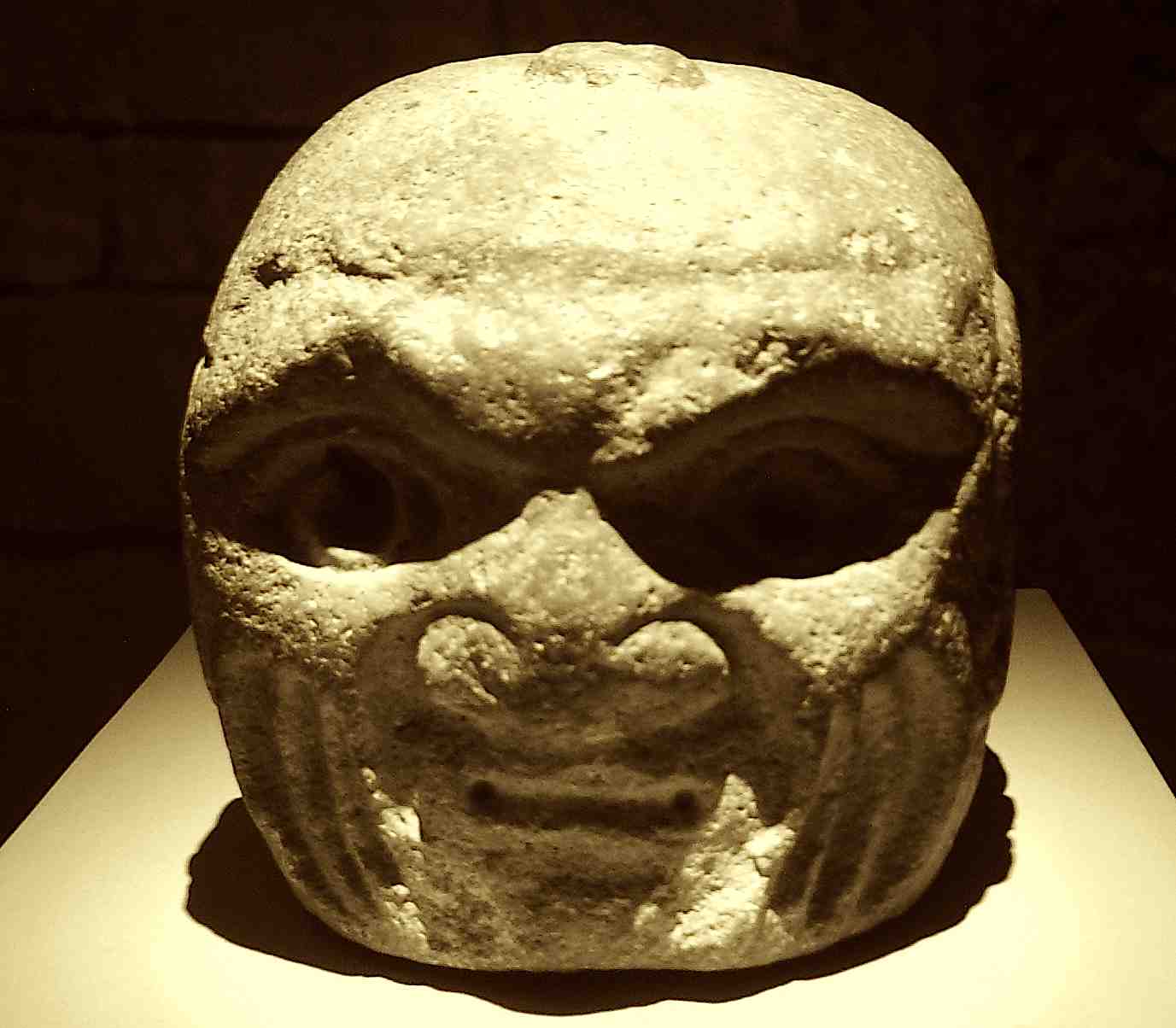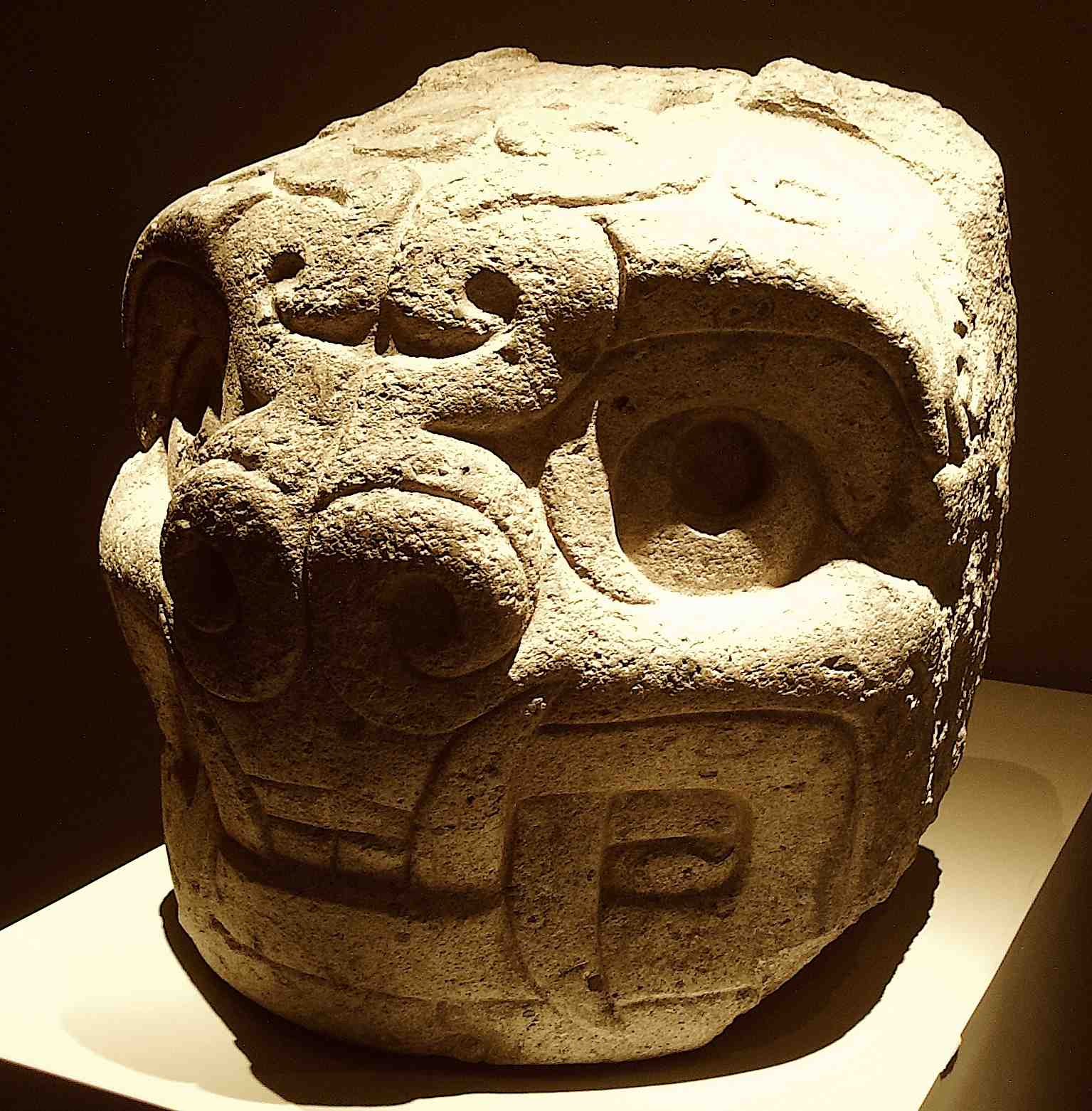









Archaeological Psychoacoustics at Chavín de Huántar, Perú
Ph.D. Dissertation Research by Miriam A. Kolar, as a Stanford Interdisciplinary Graduate Fellow (SIGF), 2013
This interdisciplinary dissertation initiates and contextualizes human psychoacoustic research in the 3,000-year old Andean ceremonial center at Chavín de Huántar, Perú, a Formative Period site where sensory experience is considered to have been integral to ritual. Psychoacoustics is an experimental science that examines auditory perceptual and cognitive responses of living beings to sound. Although established principles can be used to inform research, for archaeological purposes, systematic experimentation permits the site-contextualized evaluation of auditory perception across a group of participants. Such consensus testing allows for multiple reactions to be examined in a research process that considers individual subjectivity while simultaneously illuminating commonalities across humans. The novel methodology presented here highlights the variation in individual human experience that is frequently subsumed in archaeological generalization. Psychoacoustic experimental evidence from Chavín's well-preserved interior "gallery" architecture guides the estimation of ancient experiential dynamics within these spaces.
In 2007, a group of researchers, including the author, formed an archaeoacoustics project based at Stanford University's Center for Computer Research in Music and Acoustics (CCRMA), with Chavín as its case study. An exemplary site for archaeoacoustic investigation, Chavín provides enclosed interior architecture where acoustic measurements can be made and auditory perception tested. Site excavations have unearthed intact musical/sound-producing instruments, the Strombus galeatus marine shell aerophones/horns known in the Andes as "pututus", which the team has acoustically and physically characterized to understand their potential as ancient sound generators. On-site archaeoacoustic research began with the team's exploratory fieldwork in 2008, and continued with the author's subsequent multi-year field study that sought data to posit characteristics of Chavín's ancient sound environment. Sound transmits information, whether natural or anthropogenic, and is assumed fundamental to human experience, whether heard or otherwise perceived. A physical assessment of acoustic environmental and sound source dynamics, informed by perceptual evaluation of their associated sensory effects, permits the estimation of ancient communication modalities not identifiable through other examinations of material traces. Evaluation of the auditory perceptual implications of ancient architectural and instrumental acoustic dynamics yields new evidence relevant to human behavior.
The Stanford IRB-approved psychoacoustic experimentation detailed in this dissertation was designed to elucidate relationships between Chavín gallery acoustics and the perception of sound source locations by humans within these spaces. Specifically, how does gallery architecture relate to human auditory localization? This inceptive research question followed analyses of measured data showing interior architectural acoustics consistent with "vague" auditory localization cues, contrasted by subsequent gallery fieldwork that demonstrated in-situ examples of sound source localization accuracy. Through on-site observation and measurement, the directivity of acoustic waveguide-like architecture was identified as an influential factor in sound transmission within Chavín's interior spaces. The sectional dimensional variations of gallery architecture correspond not only to spatial segmentations, but to demonstrable and perceptible acoustic effects. Field measurements and a computational acoustic model have confirmed that gallery acoustics can be functionally characterized as a highly-coupled network of partially segregated spatial units. However, the perceptual implications of the acoustic features created by these architectural forms were uncertain without a contextually accurate subjective study. Because extant gallery architecture is enclosed and considered structurally intact, the research question could be addressed via psychoacoustic experimentation conducted in the galleries. To systematically evaluate architectural-perceptual relationships, the author designed and implemented on- site auditory localization experiments that drew its volunteer adult participants from members of the multicultural, Stanford-affiliated archaeological research project at Chavín. These experiments tested participants' localization of a realistic sound stimulus (a recording of a site-excavated shell horn reproduced through identical loudspeakers from different locations) across a range of typical gallery architectural forms that bridged source and "listener" locations.
Auditory localization facilitates one's understanding of personal location with respect to physical space and others. Although many aspects of auditory perception are influenced by cultural context, sensory mechanisms that serve corporeal orientation functions for the human organism can be assumed uniform in the species over time. In laboratory research, auditory localization has been specifically related to acoustic dynamics based on well-understood psychophysical principles known as localization cues. In the broadest sense, acoustic physical and linked perceptual dynamics represent information exchange, which can be archaeologically contextualized here in terms of its importance for Chavín as a center of social interaction framed by hierarchical distinctions. According to a premise most substantially developed by John Rick, the substantial resources required for the Chavín ceremonial center's plausibly 700-year period of active development (approx. 1200-500 B.C.) were commanded by an authoritative elite who demonstrated and controlled ritual access via innovations shrouded in tradition. The ceremonial complex would have been wielded as a multi-sensory venue, a place where convincing experiential manipulations impressed visitors, whose proven connection with the Chavín "cult" would bolster their home status. Through this process, Chavín values were strengthened throughout its region of influence, as evinced, for example, by many examples of geographically dispersed Chavín iconography. Material traces of such plausible social dynamics are better understood through acoustic and psychoacoustic investigations, research that is providing new evidence for an ancient sound environment at Chavín that could be used as a tool for intentional and strategic manipulation of human experience.
The research innovations presented here address multi-disciplinary concerns. With respect to Andean archaeology, the auditory localization experiments detailed in this dissertation initiated systematic on-site human perceptual testing within the Chavín galleries to evaluate interior architectural acoustic effects at this Formative period site. This methodologically novel approach allows for a range of individual perceptual responses to be illuminated and considered, rather than foregrounding researcher observation as is typical in archaeological fieldwork. Issues pertinent to experimental psychology were addressed in the design and implementation of in-situ, "ecologically valid" experiments that directly tested subjective response to a real acoustic environment, purposefully avoiding the intrinsic artificialities of experiments conducted in laboratory settings with electro-acoustic auralizations of acoustic space. Principles of architectural acoustics and spatial sound perception were applied in a field study of interior structures shown to function together as a highly-coupled acoustic waveguide network, where right-angled corners and abrupt sectional changes between architectural elements demonstrably correspond with perceptual effects. This project has adapted theoretical and methodological models from several disciplines to relate acoustics and human experience in the context of an ancient ceremonial center.